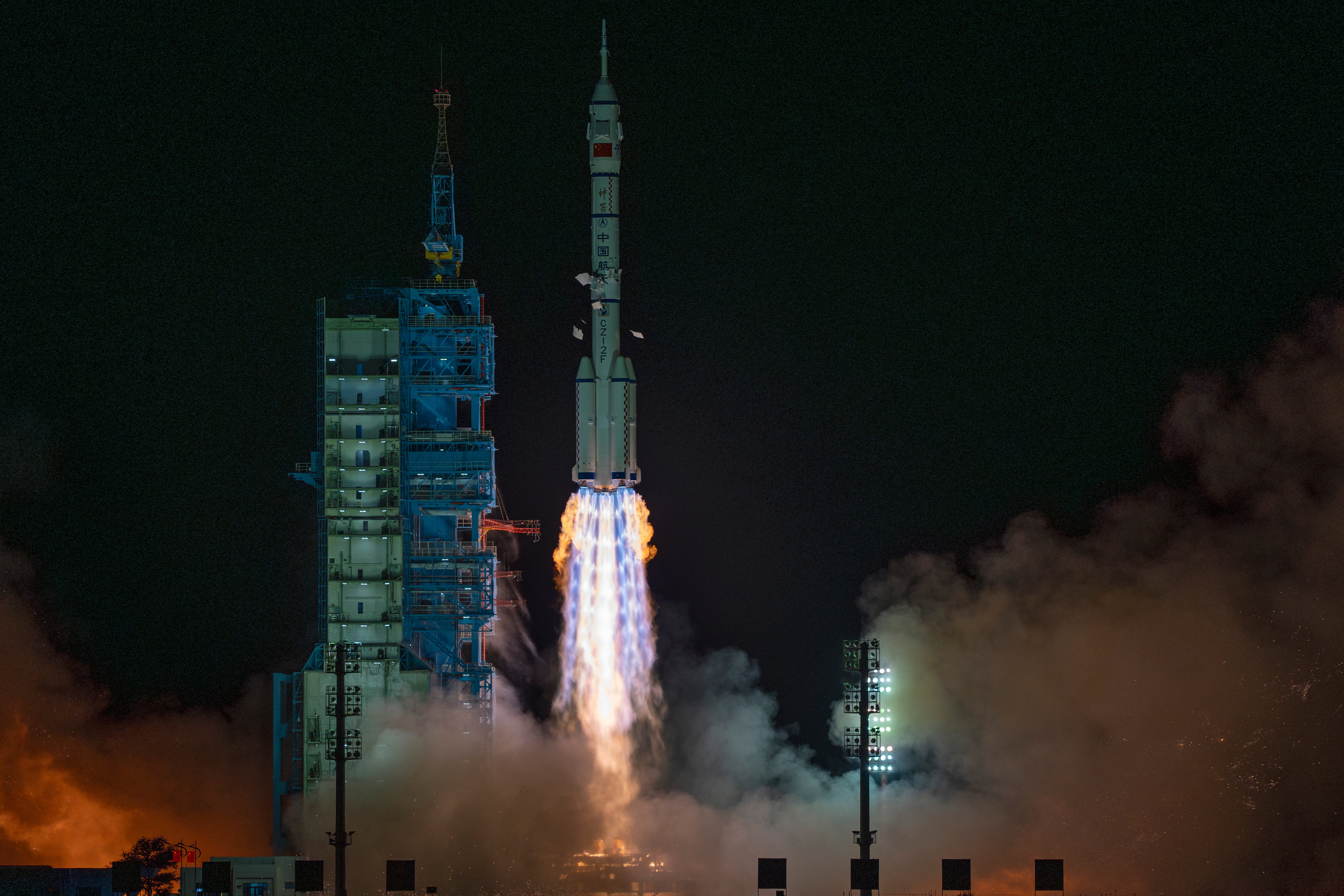ARTICLE AD BOX
Three Chinese astronauts returned to Earth on Wednesday, concluding a six-month mission aboard China's Tiangong space station.
The crew’s landing module separated from the return vehicle, descended beneath a red-and-white parachute and touched down in Dongfeng, in China’s northern Inner Mongolia region on the edge of the Gobi Desert.
The return, originally scheduled for Tuesday, was delayed by a day due to strong winds and low visibility in the landing zone, which is susceptible to sandstorms during this season. The delay was implemented to "guarantee the health and safety of the astronauts”.
The returning astronauts, Cai Xuzhe, Song Lingdong, and Wang Haoze, were launched to the Tiangong station in October. They officially handed over control of the station on Tuesday to the recently arrived crew, who will continue ongoing research and operations.
The Shenzhou 20 that brought the new crew also carried equipment for space life sciences, microgravity physics and new technology for the space station.
The Tiangong, or “Heavenly Palace,” space station has made China a major player in a new era of space exploration and the use of permanent stations to conduct experiments in space, especially since it was entirely Chinese-built after the country was excluded from the International Space Station over U.S. national security concerns.

China’s space program is controlled by the People’s Liberation Army, the military branch of the ruling Communist Party.
The three Chinese astronauts have carried out experiments and improvements to the space station during their time in space. Two of the astronauts, Cai and Song, conducted a nine-hour spacewalk, the world’s longest, during their mission, China's space agency said.
The country’s space program has grown rapidly in recent years.
The space agency has landed an explorer on Mars and a rover on the far side of the moon. It aims to put a person on the moon before 2030.
Last year, two American astronauts wound up stuck in space for nine months after a test flight with Boeing ran into problems and Nasa determined it was too risky for the astronauts to come back to Earth in the same capsule.









 English (US) ·
English (US) ·